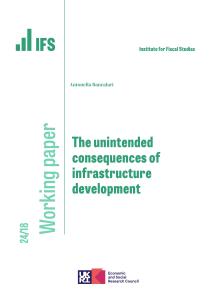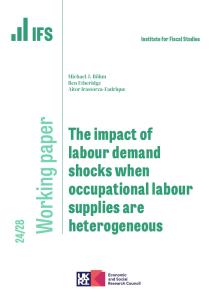Using the Reinhart–Rogoff dataset, we find a debt threshold not around 90 per cent but around 30 per cent, above which the median real gross domestic product (GDP) growth falls abruptly. Our work is the first to formally test for threshold effects in the relationship between public debt and median real GDP growth. The null hypothesis of no threshold effect is rejected at the 5 per cent significance level for most cases. While we find no evidence of a threshold around 90 per cent, our findings from the post-war sample suggest that the debt threshold for economic growth may exist around a relatively small debt-to-GDP ratio of 30 per cent. Furthermore, countries with debt-to-GDP ratios above 30 per cent have GDP growth that is 1 percentage point lower at the median.
Authors

Research Fellow Columbia University
Sokbae is an IFS Research Fellow and a Professor at Columbia University, with an interest in Econometrics, Applied Microeconomics and Statistics.

Myung Hwan Seo

Youngki Shin

Hyunmin Park
Journal article details
- DOI
- 10.1111/1475-5890.12134
- Publisher
- Wiiley
- Issue
- Volume 38, Issue 4, December 2017
Suggested citation
Lee, S et al. (2017). 'Testing for a debt-threshold effect on output growth' 38(4/2017)
More from IFS
Understand this issue

Election Special: The big issues politicians haven't spoken about
25 June 2024

Tough questions will face the election winners
10 June 2024

Election Special: The government's record on tax
10 June 2024
Policy analysis

How would the parties’ tax and spending plans affect Scotland and Wales?
28 June 2024

How should we interpret parties’ public spending pledges this election?
23 June 2024

Main parties’ manifestos tell us little about the funding individual public services would actually receive
23 June 2024
Academic research

6th World Bank/IFS/ODI Public Finance Conference | Driving Progress: Public Finance and Structural Transformation

The unintended consequences of infrastructure development
8 May 2024

The impact of labour demand shocks when occupational labour supplies are heterogeneous
28 June 2024